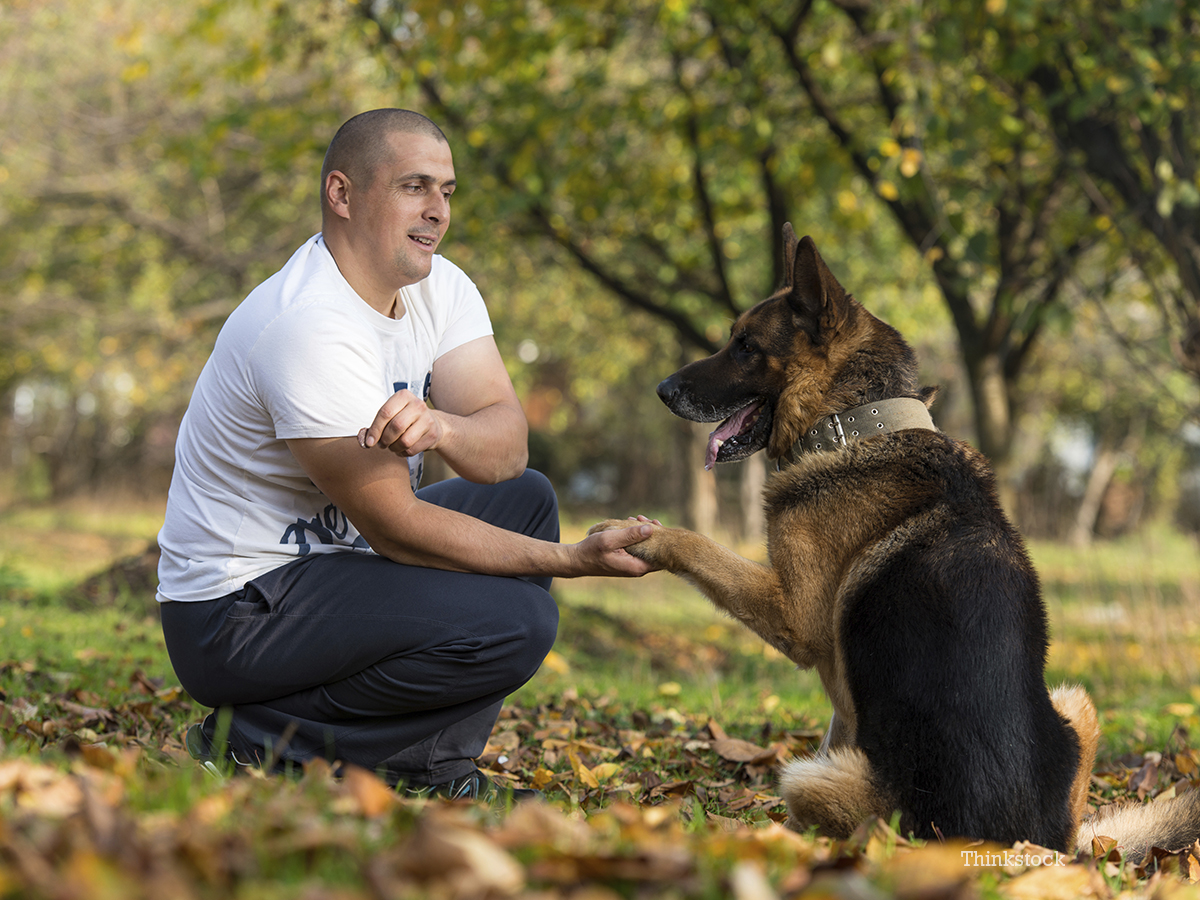“That’s why I came up with the idea of window-to-window visits,” she said.
Duke visits residents at Harbor Village Rehabilitation and Nursing Center — from outside. Though residents can’t run their fingers through his fur, they still light up in delight while peering out the windows at the happy dog. Maynard-White waves a sign that reads, “Duke sends his love.”On one visit, a typically withdrawn woman urged a member of the staff to help her rise from her wheelchair to get a closer look. Others pressed their hands to the window in gratitude.
Use a Front Clip Harness to Prevent Pulling on Leash. If your dog pulls on his leash get a harness that clips in the front. The harnesses that clip on the back promote more pulling. And when you’re working on leash manners ditch the retractable leash for a regular 6 foot one so your dog can get the feeling of what loose leash walking means.
“Each of our hands are touching both sides of the windows,” she said. “I was in tears.”
Volunteer therapy dog teams across the country are finding creative ways to spread comfort in these unprecedented times when stress, isolation and anxiety are on the rise.Elisabeth Van Every, communications and outreach coordinator at Pet Partners, which currently has around 13,000 registered therapy animal teams across America and abroad, said she is not surprised.“Most of our volunteers really love what they do,” she told TODAY. “They find it very rewarding to be able to share their pets with people who can benefit, and to see the difference they’re making in people’s lives.”Some teams are holding video chats with students or hospital patients; others are sharing daily photos on social media. Since therapy animals can’t currently promote children’s literacy with visits at classrooms and libraries, Pet Partners plans to launch a “Read With Me” initiative soon.
“We are going to be asking kids to read to their pets at home and share photos or videos of that with us so that we can make sure they’re still maintaining that connection and those opportunities to read,” she said. “We’re glad we have an opportunity to do that thanks to the available technology.”
Jill Baker, 59, works at the University of South Florida Health Libraries. Her golden retriever, Snitch, a Pet Partners therapy dog, is the Library Ambassador and has been a hit with students since she started volunteering in 2014.Now that medical students are working remotely and potentially feeling additional anxiety about their chosen field, Snitch is helping remind them of ways to access the journals and data they need in social media posts and on the library website. She’s also appearing in cute photos to offer stress relief.best dog food














